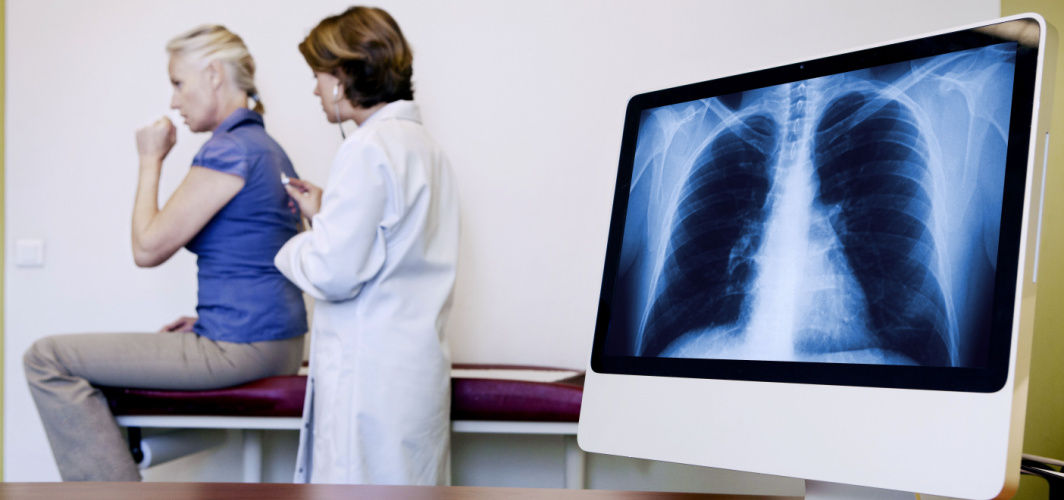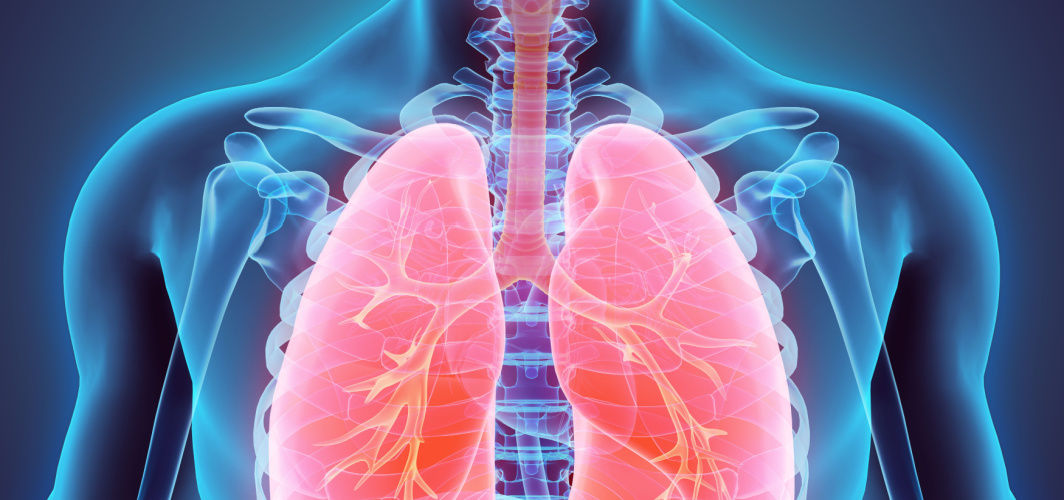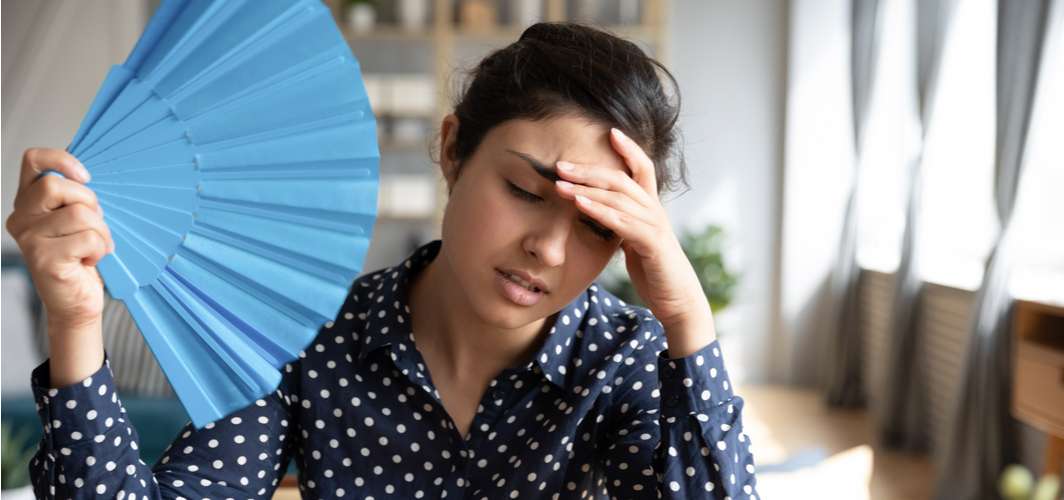Respiratory Health
What Are The Common Chronic Lung Diseases?
5 min read
By Apollo 24/7, Published on - 10 October 2020, Updated on - 18 October 2022
Share this article
6
4 likes

Chronic lung diseases are a group of disorders that affect the lungs and other parts of the respiratory system. These diseases are one of the most common health disorders in the world, claiming 4 million lives worldwide every year. Most chronic lung conditions cannot be completely cured but if managed properly, people affected by them can lead normal lives. Most lung diseases are caused by smoking, exposure to second-hand smoke, and long-term exposure to air pollutants and chemical fumes. Some lung conditions are hereditary.
Chronic obstructive pulmonary disease (COPD) and asthma are the two most common lung diseases, although there are other types also which affect the respiratory system.
Types of chronic lung diseases
- Chronic obstructive pulmonary disease (COPD): COPD is a group of lung disorders which obstructs airflow leading to breathing difficulties. It can occur due to inflammation of the walls of the airways, damage of the walls between the air sacs, excess mucus production, and loss of elastic quality of the alveoli in the lungs. Emphysema and chronic bronchitis are the two most common conditions observed in people with COPD. In emphysema, the alveoli get damaged losing their elasticity while in chronic bronchitis, the lining of the bronchial tubes is inflamed and swollen. Some of the symptoms of COPD include:
- - Wheezing or high-pitched noisy breathing
- - Shortness of breath
- - Mild but recurrent cough
- - Excess mucus in the cough
- - Swelling of ankles, legs, or feet.
- Asthma: It is a long-term inflammatory disease of the airways or bronchial tubes of the lungs. Its symptoms are similar to that of COPD but the major difference between them is that the symptoms of COPD are constant while those of asthma vary day-to-day. The other main difference between COPD and asthma is that the former causes irreversible lung damage while the latter when controlled with treatment, will not damage the lungs permanently. Asthma is often triggered by allergens like pollen, dust, pet dander, air irritants such as perfumes, cigarette smoke, and non-steroidal anti-inflammatory medications.
- Cystic fibrosis (CF): It is a genetic and progressive disorder that causes frequent lung infections and usually affects newborn children. Mutation in the cystic fibrosis transmembrane conductance regulator (CFTR) gene causes CF. People with CF secrete thick, sticky, and excessive mucus instead of slippery and watery mucus. As a result of the buildup of this thick mucus in the lungs, breathing becomes difficult. Besides affecting the lungs, CF may also damage the digestive organs including the pancreas and liver. People affected with CF have various symptoms like persistent coughing (with sputum), frequent lung infection (pneumonia and bronchitis), wheezing, breathlessness, male infertility, malnutrition, greasy/bulky stool, and salty-tasting skin.
- Pulmonary hypertension: Also known as pulmonary arterial hypertension (PAH), it occurs when the pressure in the blood vessels between the heart and the lungs is high. The high blood pressure may be due to the extra effort the heart has to put to pump blood through the narrowed or blocked arteries. Symptoms of PAH include shortness of breath, dizziness, heart palpitations, chest pain, and light-headedness. If left untreated, it can damage the heart and can lead to life-threatening conditions like heart failure and irregular heart rhythm (arrhythmia).
- Interstitial lung disease (ILD): This is an umbrella term used for the group of diseases that causes scarring and inflammation of the lungs. Shortness of breath, regular coughing, and weight loss are the most common symptoms of ILDs. Taking precautions from allergic substances like asbestos, bird proteins, coal dust, metal dust, grain dust, silica dust, and talc can minimize symptoms of ILDs. Idiopathic pulmonary fibrosis, sarcoidosis, interstitial pneumonia, and hypersensitivity pneumonitis are some of the types of ILD.
- Lung Cancer: It is an abnormal growth of cells in the lungs leading to a tumor formation. A person diagnosed with lung cancer may experience severe chest pain, coughing blood, frequent chest infections, shortness of breath, change in voice (hoarseness), unexplained headache, weight loss, or wheezing. People who are at higher risk of lung cancer are those who smoke, have a family history of lung cancer, and are exposed to hazardous chemicals.
How to manage chronic lung conditions
Certain chronic lung diseases may not have cures, but early and timely detection can ease symptoms and enhance the quality of life. Doctors may prescribe various forms of treatment which include the following:
- Pulmonary rehabilitation: This program includes exercise, breathing techniques, nutritional therapy, relaxation, emotional and group support counseling, learning about your medications, and strategies for living better.
- Medications: The doctor may prescribe corticosteroids and bronchodilators depending on the symptoms and severity level of the lung disease. In high-risk cases, the doctor may also suggest oxygen therapy. Sleep disturbances and hyperacidity are common in COPD and asthma patients. Hence doctors might prescribe extra medications for the same.
- Quitting smoking: According to the Centers for Disease Control and Prevention (CDC), smoking increases the risk of coronary heart disease, stroke and lung cancer from chronic obstructive lung disease by 12-13 times. Hence, quitting smoking is highly recommended. Studies reveal that people with COPD showed decreased cough, sinus congestion, fatigue, and shortness of breath after they quit smoking.
Conclusion
Chronic lung conditions may not have a permanent cure but can be managed effectively to lead a better life. If you are affected with any chronic lung condition, seek the advice of a doctor to relieve your symptoms. Even if you are not diagnosed with chronic lung disease, it may be advisable to track potential symptoms so they can be detected early and treated. One must also exercise regularly, avoid or quit smoking, consume a nutritious diet, and reduce exposure to pollutants and chemicals to lower the risk of lung diseases.
Respiratory Health
Leave Comment
Recommended for you

Respiratory Health
Pneumonia: Know The Causes And Who All Are At Risk
Pneumonia is a severe lung infection wherein the air sacs are inflamed and filled with fluid. If not treated promptly, pneumonia can turn deadly, especially in children and the elderly.

Respiratory Health
Rare Lung Diseases: Types, Causes & Treatment
Discover the different types of rare lung diseases, their causes, and the latest treatments available. Stay informed about the advancements in medical guidelines and lifestyle factors that can help manage these conditions effectively.

Respiratory Health
How Does Humidity Affect Asthma?
Humidity causes difficulty in breathing especially for people with respiratory conditions like asthma. Humidity is the amount of water vapour or moisture in the air.
Subscribe
Sign up for our free Health Library Daily Newsletter
Get doctor-approved health tips, news, and more.
Visual Stories

Can Asthma Symptoms Get Worse Indoors?
Tap to continue exploring
Recommended for you

Respiratory Health
Pneumonia: Know The Causes And Who All Are At Risk
Pneumonia is a severe lung infection wherein the air sacs are inflamed and filled with fluid. If not treated promptly, pneumonia can turn deadly, especially in children and the elderly.

Respiratory Health
Rare Lung Diseases: Types, Causes & Treatment
Discover the different types of rare lung diseases, their causes, and the latest treatments available. Stay informed about the advancements in medical guidelines and lifestyle factors that can help manage these conditions effectively.

Respiratory Health
How Does Humidity Affect Asthma?
Humidity causes difficulty in breathing especially for people with respiratory conditions like asthma. Humidity is the amount of water vapour or moisture in the air.